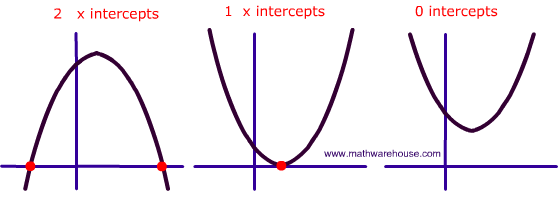This week in precalc we learned how to analyze quadratic functions. We also learned how to use desmos to graph and see how parent functions transform. A quadratic function is written y = a + bx + c .
*Note the difference between equations and functions.*
Equations: you can solve and find roots.
Functions: you can graph, and find Y-intercepts and X-intercepts.
The parabola is the curve where any point is at an equal distance from. The vertex is the highest/lowest point, it may be a minimum or maximum point. The line of symmetry is the line that divides the parabola into mirror images.
When analyzing quadratic functions in a graph, we always need to look for the y-intercept, the x-intercept, the domain and range, parabola, vertex, line of symmetry, if it’s opening down or up, and if it’s congruent to the parent function.
How do we know how parent functions transform:
here’s the video and the link to the website that helped me understand how parent functions transform:
https://youtu.be/dJLQ8UOIuZ4 https://www.purplemath.com/modules/fcntrans.htm
